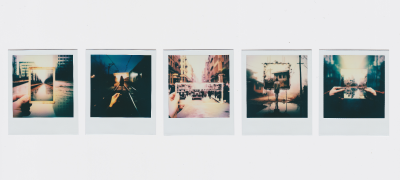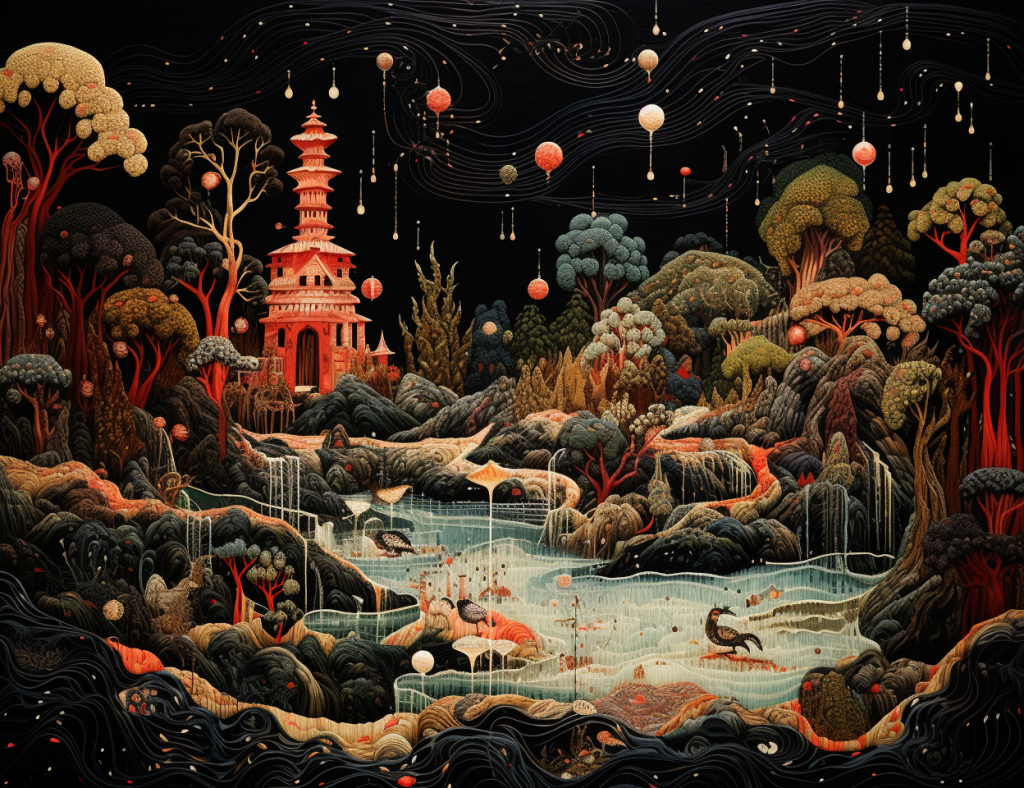
An Aesthetics of the Absurd for A.I.
When asked about whether machines think, the Dutch computer scientist, Edsger Wybe Dijkstra replied: “Does a submarine swim?” Such a reply puts the terms of the question in question. Western philosophy largely rejects humor as irresponsible, irrational, and so insufficiently serious, which may contribute to limitations within the contemporary discourse surrounding art to accept laughter as a way of reimagining the world. Introduce artificial intelligence into the mix, and pervasive, Puritanical seriousness abounds; the very term provokes anxiety, igniting a set of binaries that limit productive thought, which is why many suggest alternatives like augmented or alternative intelligence and complex information processing, or recommend specifying the software and application. As an MIT-trained roboticist, with extensive practice implementing machine learning systems, Alexander Reben experiments with technology in order to explore its boundaries and produces works that upend easy positions about technology and tools, humanity and creativity, agency and understanding.
In Reben’s shifty engagement with both the tech-side excitement over emergent technologies and the humanist distress around any and all of them, his works provoke audiences to deliberate on a set of contemporary existential questions. The seemingly silly in his work is a provocation meant to help audiences ask not only what they are doing but why. Reben visualizes the process of self-reflection in Untitled (365) (2023), a generative code that produces a new work each day for a year, always responding to the prior day’s effort, yet with parameters to push towards something different. It exemplifies a reflective nostalgia, a concept that scholar Svetlana Boym describes as considering the past, not as some yearning to return, but for the sake of understanding the present in order to step into the future.

Reben’s decision to design 365 to create images that simulate installation shots of sculpture layers histories of representation upon one another. One history of both sculpture and photography has been to represent, document, even simulate some “real” thing. Both are caught up with notions of time— its fleeting qualities and capture— to which age then adds a romantic veneer, a psychosocial inflection with more problematic nostalgic tendencies. Though sculpture doesn’t serve photography, photography plays a significant role in sculpture’s dissemination, becoming a representation of a representation with formal qualities that then form how we expect to see the object in front of us.
The art historical method of black and white photography with high contrast, clear shadows, isolated position, within a blank environment codified a homogenized scale for sculpture, extracting the form from any context for an imagined objective viewer whose sensitivity to details would produce comparative exegeses. The recent conversation on sculptural chroma offers just one approach to debunking this legacy and revealing that what we see guides how we think. The outputs of popular AI generators were first criticized for error producing shadows, amusingly ignoring why they might be desired within a virtual situation. Reben’s playful turning around art history and technology’s visual devices doesn’t judge but offers audiences the opportunity to reconsider the foundations of our critique.

That a machine can produce the art criticism, wall texts, and artists statements jibes formulaic tendencies that prescribe experience rather than offer foundations for independent engagement. AI Am I? (2020-ongoing) may represent how intellectual labor as well as manual can be automated, but the project also demands that we reckon with the complexities of shared processes and assumptions of individualism in creativity, thought, and production. The discomfort of seeing a machine articulate what has been the provenance of hard-earned scholarship reveals an absurdity within the art industry that needs addressing, if only to figure out what the problem is! The series continues to evolve, introducing new human and machine collaborators.

Reben’s tapestries—designed with AI and woven on a jacquard loom, generally recognized as inspiring early computer programming—nod to the medieval imaginings of Hieronymous Bosch (c. 1450-1516) or the famous Unicorn Tapestries (circa 1500 CE). We live in an era of similarly radical transformations in culture, economy, politics, social arrangements, and technology, as Marshall McLuhan articulated sixty years ago; the wildly popular spate of fantasy-medievalist novels, films, and programs reinforce a sense that there is something in the vestiges of time we need to reconsider. If Reben’s imagery varies considerably, it is because his aesthetics are not visual styles so much as a politics about our imaginary of human and machine sight and insight.
Where slapstick shocks, satire mocks and irony seems in lock step with indifference, Reben channels the uncertainties of the absurd to tease out presumptions underlying contemporary practices and concepts. It can be a useful tactic in breaking through the morass at the intersection of art, technology, and humanity. There is humor and horror in such a gambit. The decisions surrounding robots, alternative intelligences, and personhood occur alongside budding definitions of responsibility, creativity, and compassion. The paradoxes and incongruities of life brought out through his absurdist projects enable critical reflection in ways that are often defeated by overly didactic or political art. The seeming amoral stance of his work does not offer audiences a pat solution to the problems of the day but leaves them to discover their own ethic.
The gallery is closed for install until April 26 for the opening of Illuminations by Claudia Hart.